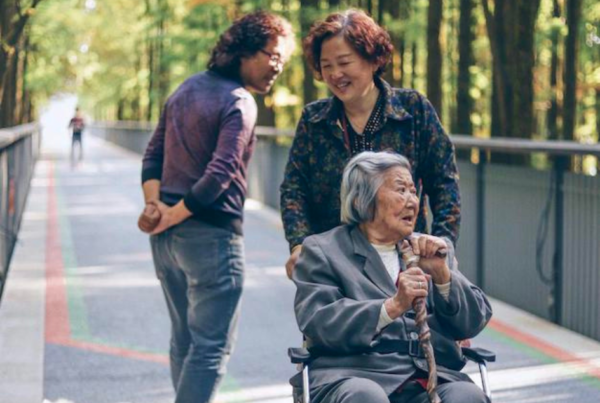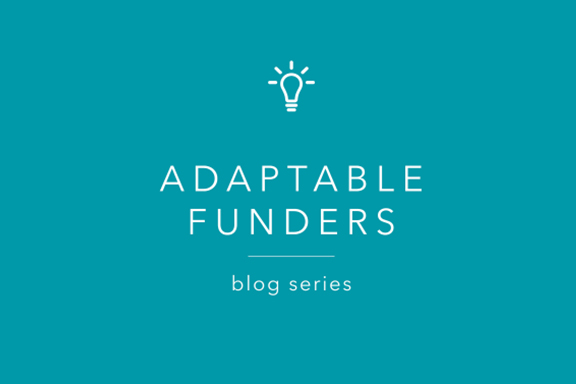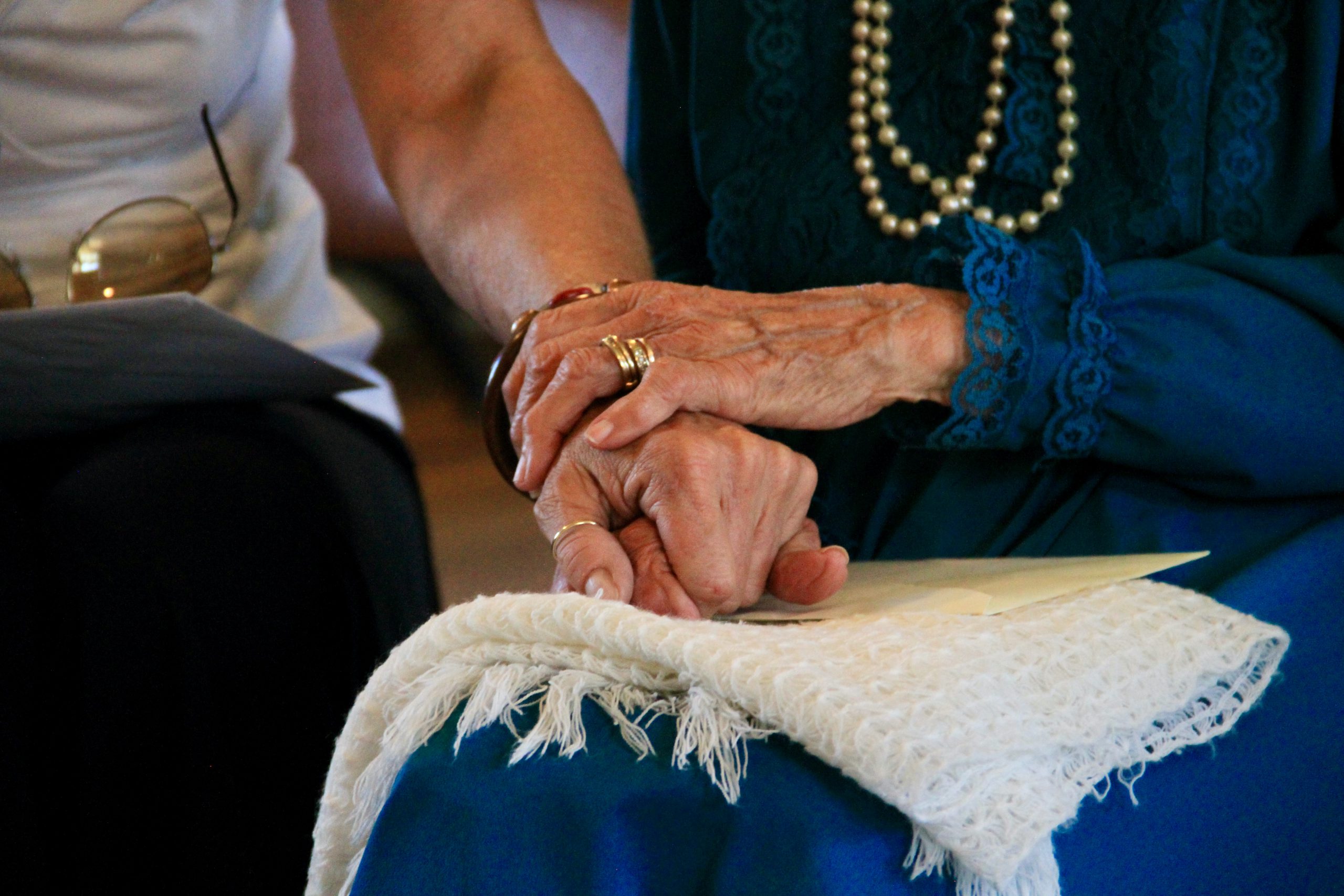
Guns, poverty, racism, politics, climate change. One might not expect to cover all these topics at a conference about health philanthropy, but this year’s Grantmakers in Health (GIH) annual gathering exposed the complex landscape health funders face today. From sessions on community violence intervention and emergency housing to economic inequity, climate change, and more, GIH brought forward the constantly expanding health funding landscape as a microcosm of the complete human experience.
I found the common thread between the many health issues discussed to be complexity. While the interconnectedness of issue areas on all parts of the spectrum was fascinating and recurring, the obvious challenge it presents is the flipside of that theme. I was a part of many conversations where the acknowledgement of interconnectedness was followed immediately by big – and common – questions: Where can limited funds have the greatest impact? And where do we start?
Oftentimes, TPI clients find that defining or narrowing their focus is a helpful starting point. We‘ve observed how a plethora of health foundations are increasingly working at the juncture between health and something else they’re passionate about, like climate change, faith, violence, or racial equity. We know that all persons’ health is deeply tied to economic stability, community safety, environmental security, intergenerational traumas, and more.
This way of thinking allows us to mesh the real-life stories of real-life people with their health data. It helps us understand the otherwise seemingly intractable health issues in our world. However, this understanding can also leave funders overwhelmed and disillusioned, unsure of how their limited funds can affect the health impacts of global issues like poverty or climate change.
Strategic, defined, and intentional philanthropy often takes our clients from feeling swamped to being where they need to go, by starting with a narrow focus. From there, we can find a path into solutions that reach across society more broadly.
Let’s take a recent TPI client as an example. I worked with a funder who was grappling with some of the challenges of rural health. As their awareness of massive problems in the area like housing, the opioid crisis, and healthcare workforce shortages grew, they felt more and more stuck. Questions on strategy multiplied: should they prioritize climate resilience in an area known to be vulnerable, or perhaps swim downstream to support the medical infrastructure of free clinics and mobile healthcare units? It’s easy to spiral, to feel overwhelmed. When all the answers are valid, all the needs are desperate, and every choice will leave someone out in the cold for one more night, how do we stay centered and focused?
The answer for this funder (like others) was in defining their focus more narrowly, becoming more open to potential partnerships, and accepting the complexity of their selected issues without becoming distracted. In service of this goal, TPI helped them elevate and integrate critical perspectives from their community, understand the funding landscape they were working within, and right-size their focus. Using a freshly informed and narrow lens, we were able to articulate a strategy together for their future funding that didn’t leave them feeling overwhelmed and didn’t make them feel like they were ignoring critical needs.
As a philanthropic advisor, I’m inspired by funders who are seeing new success in navigating this multi-faceted landscape. At GIH, many funders working in parallel fields found common ground and innovative opportunities to share successes and challenges, despite their focus on sometimes niche areas. The acknowledgement of complexity allows funders to seek commonalities with others for broader solutions. It’s tempting to try to solve everything by repeatedly changing strategy (e.g., I will get to that next year) or funding a mile wide and an inch deep. By staying true to their purpose while collaborating with others who think and work differently, funders can have an impact that is magnified and multiplied. No matter where you draw your line in the sand, there are going to be needful causes that fall just outside of your purview. GIH’s gathering was a reminder that it helps to work closely with others who might close that gap.
This year’s Grantmakers in Health conference reminded me of both the intrinsic systems and the relationships that weave our field together with new partnerships forming in real time. I know I wasn’t alone in leaving the gathering newly energized for my work. At TPI, I get to help funders find their place in the vast web of our experiences and find partners who might work alongside them. Now more than ever, the path forward is in action that allows us to focus on our missions while not losing sight of the bigger picture and the potential partners working alongside us.
Photo via mathisworks on iStock


